Home>diy>Planning & Engineering>What Is C-4 Zoning
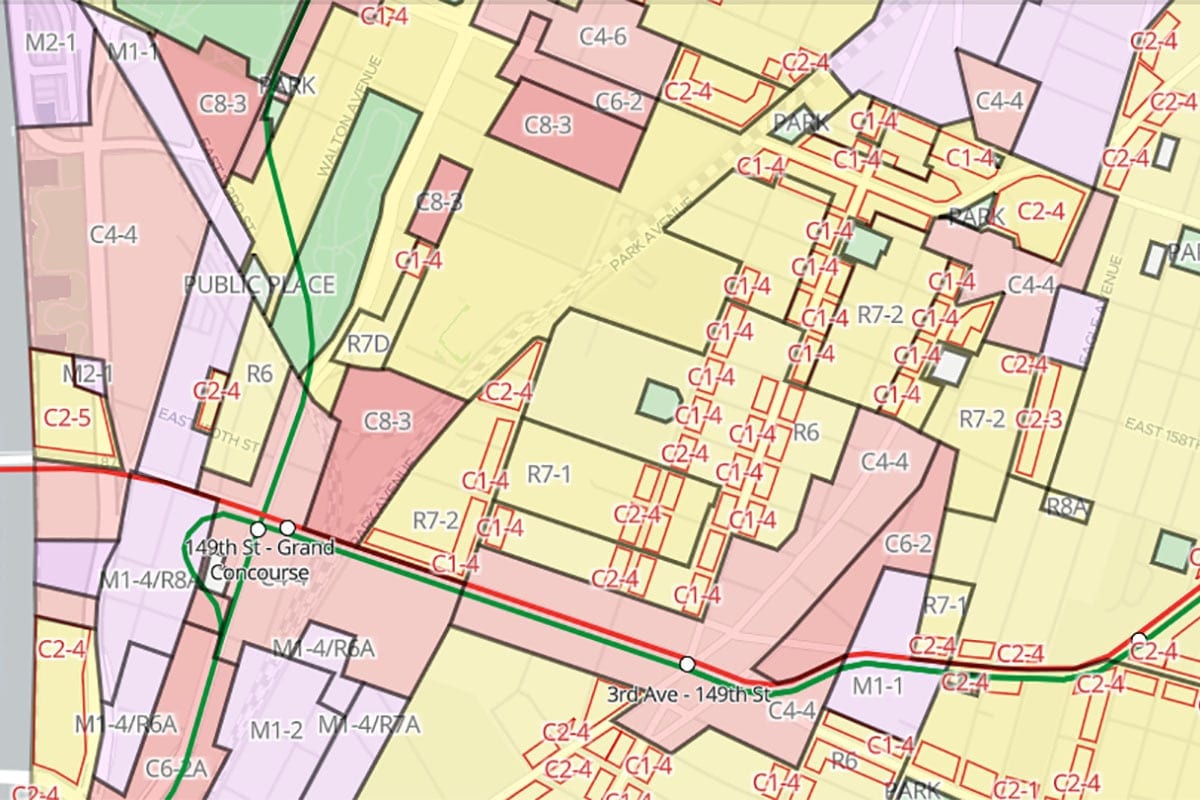

Planning & Engineering
What Is C-4 Zoning
Modified: January 9, 2024
Learn about C-4 zoning, its significance in planning and engineering, and how it impacts property development and land use. Gain insights on zoning regulations and restrictions.
(Many of the links in this article redirect to a specific reviewed product. Your purchase of these products through affiliate links helps to generate commission for Storables.com, at no extra cost. Learn more)
Introduction
Welcome to the world of zoning! If you have ever driven around a city or town and noticed different areas with distinct types of buildings and land uses, you have witnessed the effects of zoning regulations. Zoning plays a crucial role in urban planning and helps to determine the physical layout and functionality of a community.
In this article, we will focus on one specific type of zoning known as C-4 zoning. C-4 zoning, also referred to as “commercial zoning,” is a designation that allows for a wide range of commercial activities within a specific area. It is commonly found in urban and suburban areas, and understanding its purpose and characteristics can provide insight into the dynamics of a city or region.
Before diving into the details of C-4 zoning, it is important to understand the overall concept of zoning. Zoning is a planning tool used by local government authorities to regulate the use of land and ensure that different activities are appropriately separated. Zoning dictates how land can be used for residential, commercial, industrial, and other purposes, as well as establishes rules regarding building heights, setbacks, and lot sizes.
C-4 zoning specifically focuses on commercial activities and is often seen in areas with high levels of commercial development or where vibrant town centers are located. Let’s explore the definition, purpose, characteristics, permitted uses, restrictions, and examples of C-4 zoning to gain a deeper understanding of its role in urban planning.
Key Takeaways:
- C-4 zoning promotes economic growth, convenience, and vibrant commercial districts by allowing a diverse mix of businesses, but it also requires balancing community interests to address potential drawbacks such as traffic and pollution.
- Examples from cities like New York, Toronto, London, Tokyo, and Sydney showcase the effectiveness of C-4 zoning in creating dynamic and accessible commercial areas, contributing to vibrant urban environments worldwide.
Read more: What Does C-2 Zoning Mean
Definition of C-4 Zoning
C-4 zoning is a specific type of zoning classification used in urban planning to designate areas for commercial activities. It is typically found in urban and suburban areas and is characterized by a diverse range of commercial uses. The designation allows for a mix of businesses, including retail stores, restaurants, offices, hotels, and entertainment venues.
The C-4 zoning classification outlines the specific regulations and guidelines for the development and use of land within the designated area. These regulations may include restrictions on building height, parking requirements, signage, and noise levels. The purpose of these guidelines is to ensure that the commercial activities within the area are compatible with the surrounding community and do not excessively impact neighboring properties.
It’s important to note that the specific regulations and characteristics of C-4 zoning can vary between different jurisdictions and local governments. While the general concept of C-4 zoning remains consistent, the specific details may differ based on local zoning ordinances and planning goals of the community.
In summary, C-4 zoning is a zoning classification that designates areas for a wide range of commercial activities. It provides a framework for regulating land use and development, ensuring that the commercial activities within the designated area are harmonious with the surrounding community.
Purpose of C-4 Zoning
The primary purpose of C-4 zoning is to promote and regulate commercial development within a defined area. It serves several important objectives in urban planning:
- Encouraging Economic Growth: C-4 zoning helps create vibrant commercial districts by providing a designated space for businesses to thrive. By allowing for a mix of commercial activities, including retail, offices, and entertainment venues, C-4 zoning promotes economic growth, job creation, and entrepreneurship.
- Creating Convenient and Accessible Commercial Areas: C-4 zoning concentrates commercial activities in specific areas, making it easier for residents and visitors to access goods and services. This concentration of commercial development helps create vibrant and walkable neighborhoods or business districts, fostering a sense of community and reducing the need for long-distance travel.
- Contribute to the Tax Base: By promoting commercial development, C-4 zoning can have a positive impact on the local tax base. Commercial enterprises often generate significant tax revenue for local governments, which can then be used to fund public services and infrastructure improvements.
- Preserving Community Character: C-4 zoning aims to strike a balance between encouraging business activity and preserving the overall character of the community. Zoning regulations and guidelines help guide the design and appearance of commercial buildings, ensuring they complement the surrounding architecture and maintain the aesthetic appeal of the area.
- Minimizing Conflicts with Residential Areas: C-4 zoning helps maintain a separation between commercial and residential areas, reducing potential conflicts. By designating specific areas for commercial activities, it helps mitigate concerns such as noise, traffic congestion, and other impacts that may arise from commercial development.
- Promoting Mixed-Use Development: C-4 zoning often allows for mixed-use development, which integrates different land uses within the same area. This fosters a more sustainable and dynamic urban environment by combining residential, commercial, and sometimes even recreational elements in close proximity.
Overall, the purpose of C-4 zoning is to create a well-balanced and economically viable commercial area while preserving the character and quality of the surrounding community. It aims to foster economic growth, provide convenient access to commercial services, and enhance the overall livability of the area.
Characteristics of C-4 Zoning
C-4 zoning is characterized by several key features that distinguish it from other zoning classifications. These characteristics shape the development and use of land within C-4 designated areas:
- Commercial Focus: C-4 zoning is primarily focused on accommodating commercial activities. It permits a wide range of commercial uses, including retail, office spaces, restaurants, hotels, and entertainment venues. This emphasis on commercial development creates bustling business districts and enhances economic vitality.
- Mixed-Use Potential: While the primary focus is on commercial activities, C-4 zoning often allows for mixed-use development, where residential and commercial uses coexist in the same area. This encourages a vibrant and diverse urban environment, where people can live, work, and play within a relatively small geographic area.
- Density and Building Height: C-4 zoning often allows for higher building densities and taller structures compared to other zoning classifications. This is done to accommodate larger commercial developments, which typically require more floor space and vertical expansion to meet the demand for businesses in the area.
- Accessibility and Parking: C-4 zoning often requires provisions for parking and accessibility to ensure that the commercial area can accommodate the influx of visitors and employees. This may involve the inclusion of parking lots, parking structures, or designated parking spaces within the development plans.
- Regulations for Signs and Advertising: C-4 zoning typically includes regulations for signage and advertising within the commercial area. These regulations may dictate the size, placement, and design of signs to maintain visual aesthetics while allowing businesses to effectively market their products and services.
- Public and Green Spaces: C-4 zoning recognizes the importance of providing public and green spaces within the commercial area. This may include parks, plazas, or pedestrian-friendly areas to enhance the overall ambiance and encourage social interaction.
- Proximity to Transportation Networks: C-4 zoning often locates commercial areas in close proximity to major transportation networks, such as highways, roads, and public transit stations. This strategic placement ensures easy accessibility and facilitates the movement of people and goods to and from the commercial district.
These characteristics of C-4 zoning collectively contribute to the creation of vibrant, accessible, and economically thriving commercial areas. By accommodating a mix of commercial uses, encouraging high-density development, and providing convenient access and amenities, C-4 zoning aims to create a dynamic urban environment that benefits both businesses and the surrounding community.
Permitted Uses in C-4 Zoning
C-4 zoning allows for a wide range of commercial activities and land uses. The permitted uses within C-4 zoning can vary depending on local zoning ordinances and regulations. However, common examples of permitted uses in C-4 zoning include:
- Retail stores and shops: This can encompass a variety of businesses, such as clothing stores, convenience stores, grocery stores, electronics shops, and more.
- Restaurants and cafes: C-4 zoning often allows for a diverse range of dining establishments, including fine dining restaurants, casual eateries, cafes, and fast-food establishments.
- Office spaces: C-4 zoning permits the development of office buildings and spaces for professional services, such as law firms, accounting offices, consulting firms, and real estate agencies.
- Hotels and lodging facilities: C-4 zoning may allow for the construction of hotels, motels, and other lodging facilities to cater to visitors and tourists.
- Entertainment venues: This can include movie theaters, concert halls, amusement parks, bowling alleys, indoor entertainment centers, and other recreational facilities.
- Service establishments: C-4 zoning may permit various service-oriented businesses, such as beauty salons, spas, fitness centers, laundromats, car washes, and more.
- Commercial parking lots: C-4 zoning often allows the establishment of parking lots or parking structures to accommodate the increased traffic in the commercial area.
- Commercial storage facilities: Some C-4 zoning regulations permit the development of storage facilities or warehouses for commercial use.
- Medical and healthcare facilities: C-4 zoning may include provisions for medical offices, clinics, dental practices, and other healthcare services.
It is important to note that while these are common examples of permitted uses in C-4 zoning, each jurisdiction may have specific regulations and restrictions on the types of businesses and activities allowed. Local zoning ordinances should be consulted for a comprehensive understanding of the permitted uses in a specific C-4 zoning area.
Ultimately, C-4 zoning aims to create a vibrant and diverse commercial area, providing a wide array of goods and services to meet the needs of the community while maintaining a harmonious balance with surrounding land uses.
Read more: What Is R4 Infill Zoning
Restrictions and Limitations in C-4 Zoning
While C-4 zoning allows for a wide range of commercial activities, it also imposes certain restrictions and limitations to ensure the proper functioning of the commercial area and minimize potential negative impacts on the community. Some common restrictions and limitations in C-4 zoning include:
- Building Height and Setbacks: C-4 zoning often includes regulations on building height to maintain the desired scale and character of the area. It may also require setbacks from property lines to create space between buildings and the surrounding area.
- Design and Aesthetics: C-4 zoning may include design and aesthetic requirements to ensure that buildings and developments in the area are visually appealing and complement the surrounding environment.
- Parking Requirements: To avoid parking shortages and traffic congestion, C-4 zoning often imposes minimum parking requirements for commercial developments. This helps ensure ample parking space is available for businesses and visitors.
- Signage Regulations: C-4 zoning typically has regulations regarding the size, placement, and design of signs. These restrictions help maintain the visual aesthetics of the commercial area while allowing businesses to effectively advertise their products and services.
- Noise and Light Pollution: C-4 zoning may impose limitations on noise levels and light pollution to minimize disturbances to neighboring properties and ensure a comfortable living and working environment.
- Prohibited Uses: C-4 zoning may have restrictions on certain types of businesses or activities deemed incompatible with the area. For example, adult entertainment establishments or heavy industrial operations may be prohibited in C-4 zoning.
- Environmental Impact and Sustainability: C-4 zoning often encourages environmentally friendly practices and may require developers to incorporate sustainable features, such as green building techniques, energy-efficient systems, and stormwater management.
- Historic Preservation: In some cases, C-4 zoning may include provisions for the preservation and protection of historic buildings or areas to maintain the cultural and architectural character of the community.
- Compliance with Zoning Ordinances: C-4 zoning requires businesses and property owners to adhere to local zoning ordinances and regulations to ensure compliance with the designated land use and development standards.
These restrictions and limitations in C-4 zoning help maintain a balance between commercial activities and the overall functioning and well-being of the surrounding community. They aim to protect the quality of life for residents, maintain the character of the area, and promote sustainable and responsible development.
C-4 zoning typically allows for a wide range of commercial and industrial uses, including retail, office space, and light manufacturing. Be sure to check the specific regulations and restrictions for any property in a C-4 zone before making any plans or investments.
Benefits and Drawbacks of C-4 Zoning
C-4 zoning, like any other zoning classification, comes with its own set of benefits and drawbacks. Understanding these advantages and disadvantages can provide insights into the impacts and implications of C-4 zoning on a community. Here are some of the benefits and drawbacks:
Benefits of C-4 Zoning:
- Economic Growth: C-4 zoning encourages commercial development, which supports economic growth in a community. The presence of diverse businesses can attract visitors, generate employment opportunities, and contribute to the local tax base.
- Convenience and Accessibility: C-4 zoning concentrates commercial activities in one area, making it convenient for residents to access goods and services. The close proximity of different businesses helps create vibrant commercial districts and promotes walkability.
- Mixed-Use Development: C-4 zoning often allows for mixed-use development, creating vibrant and sustainable urban environments. The combination of residential and commercial uses within a close proximity can enhance the quality of life and foster a sense of community.
- Preservation of Community Character: C-4 zoning regulations often include provisions for architectural design and aesthetics, ensuring that new developments complement the surrounding community. This helps preserve the overall character and charm of the area.
- Increased Tax Revenue: The commercial activities in C-4 zoning areas generate tax revenue, which can be used to fund public services and infrastructure improvements benefiting the entire community.
Drawbacks of C-4 Zoning:
- Increased Traffic: Concentrating commercial activities in a specific area can lead to increased traffic congestion, especially during peak hours. This can impact the efficiency of transportation networks and potentially create challenges for residents in the surrounding area.
- Noise and Light Pollution: Commercial activities in C-4 zoning areas can result in noise and light pollution, potentially affecting nearby residential areas. Regulations and mitigating measures are needed to address these concerns and maintain a peaceful living environment.
- Loss of Green Space: Extensive commercial development in C-4 zoning areas may result in the loss of green spaces and natural habitats. This can impact the overall aesthetics and the availability of recreational areas for residents.
- Increased Competition: High densities of commercial activities in C-4 zones can result in increased competition among businesses. Small, local businesses may face challenges in competing with larger corporations or chains, potentially affecting the diversity and vibrancy of the business community.
- Gentrification and Affordability: Intensive commercial development in C-4 zoning areas can sometimes lead to gentrification, causing property values to rise and making it harder for lower-income residents to afford housing in the area.
It is important to note that the benefits and drawbacks of C-4 zoning can vary depending on the context and specific circumstances of each community. Balancing the economic benefits with the preservation of community character and addressing potential negative impacts is crucial for effective urban planning and sustainable development.
Examples of C-4 Zoning in Cities/Regions
C-4 zoning is a commonly used classification in urban and suburban areas around the world. While specific examples may vary depending on local zoning ordinances and regulations, here are a few notable examples of cities and regions where C-4 zoning is prevalent:
- New York City, USA: The zoning regulations in New York City include C-4 zoning classifications, particularly in areas like Manhattan, where bustling commercial districts such as Times Square, Herald Square, and SoHo are located. C-4 zoning in New York City allows for a mix of commercial uses, including retail stores, restaurants, office spaces, and entertainment venues.
- Toronto, Canada: In Toronto, C-4 zoning can be found in areas like Downtown Toronto and the Entertainment District. These zones accommodate a range of commercial activities, including retail, dining establishments, entertainment venues, and office spaces. The vibrant and bustling downtown core of Toronto is the result of effective C-4 zoning and mixed-use development.
- London, United Kingdom: London has various areas with C-4 zoning, such as the West End, Knightsbridge, and Canary Wharf. These zones support a multitude of commercial activities, including high-end retail shops, restaurants, hotels, and office spaces. The well-defined zoning regulations in London have shaped the vibrant and diverse commercial landscape of the city.
- Tokyo, Japan: Tokyo is known for its numerous commercial districts, such as Shibuya, Shinjuku, and Ginza, which thrive due to C-4 zoning. These areas accommodate a variety of commercial activities, from department stores and shopping centers to restaurants, entertainment venues, and office towers. C-4 zoning has played a significant role in shaping Tokyo’s dynamic business and entertainment districts.
- Sydney, Australia: Sydney exhibits C-4 zoning in areas such as the Central Business District (CBD) and popular neighborhoods like Darlinghurst and Surry Hills. The C-4 zoning allows for a mix of commercial activities, ranging from financial institutions and corporate offices to retail shops, cafes, and restaurants. These areas are a testament to the effectiveness of C-4 zoning in creating vibrant urban environments.
These examples illustrate how C-4 zoning is implemented in different cities and regions worldwide to accommodate and regulate commercial activities efficiently. While the names and specific regulations may differ, the underlying purpose of C-4 zoning remains consistent: to create vibrant, accessible, and economically viable commercial areas that enhance the overall quality of life for residents and visitors.
Conclusion
C-4 zoning plays a vital role in shaping the physical and functional aspects of commercial areas in cities and regions. It provides a framework for regulating land use and development, promoting economic growth, and creating vibrant and accessible commercial districts.
From the definition and purpose of C-4 zoning to its characteristics, permitted uses, restrictions, and examples in different cities, it is evident that C-4 zoning serves as a fundamental component of urban planning. By designating specific areas for a wide range of commercial activities, C-4 zoning encourages economic growth, job creation, and entrepreneurship. It also creates convenient and accessible spaces for residents and visitors to access goods and services, fostering vibrant and walkable neighborhoods or business districts.
While C-4 zoning offers numerous benefits, it does come with certain drawbacks. These may include increased traffic, noise, and light pollution, as well as potential challenges in preserving affordability and community character. Balancing the economic benefits of commercial development with the preservation of community interests is a crucial consideration in the implementation of C-4 zoning.
Examples from cities and regions around the world, such as New York City, Toronto, London, Tokyo, and Sydney, demonstrate the effectiveness of C-4 zoning in creating vibrant and diverse commercial areas. The specific regulations and characteristics of C-4 zoning may differ in each jurisdiction, but the overall goal remains the same — to create well-balanced and economically viable commercial districts while maintaining the unique character and quality of the surrounding community.
In conclusion, C-4 zoning is an essential tool in urban planning that enables the development and regulation of commercial areas. By facilitating economic growth, providing convenience and accessibility, and preserving community character, C-4 zoning contributes to the creation of vibrant and prosperous cities and regions.
Frequently Asked Questions about What Is C-4 Zoning
Was this page helpful?
At Storables.com, we guarantee accurate and reliable information. Our content, validated by Expert Board Contributors, is crafted following stringent Editorial Policies. We're committed to providing you with well-researched, expert-backed insights for all your informational needs.
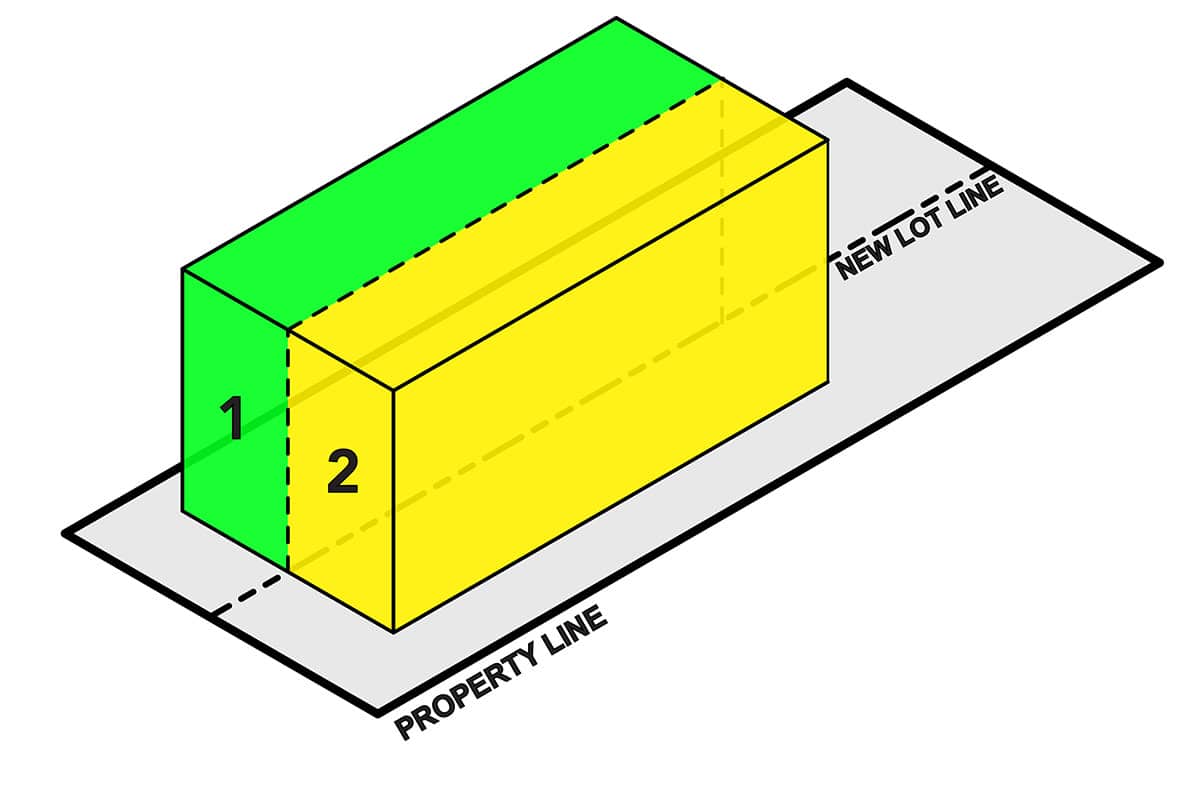


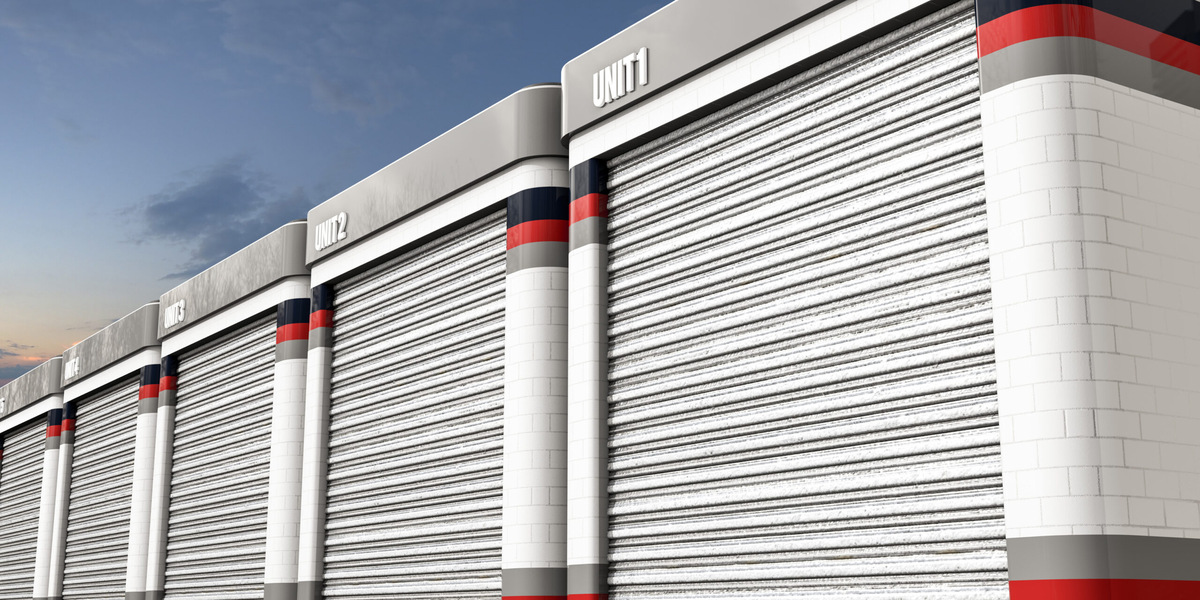






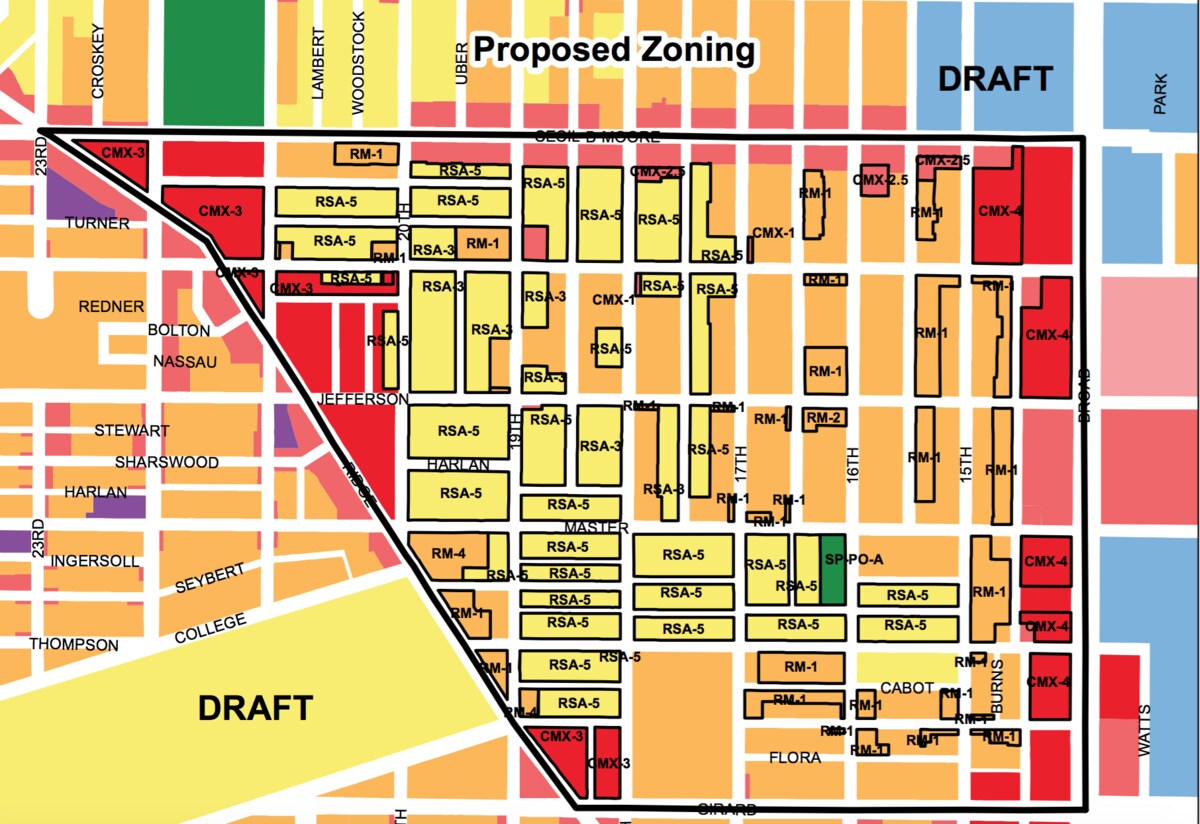
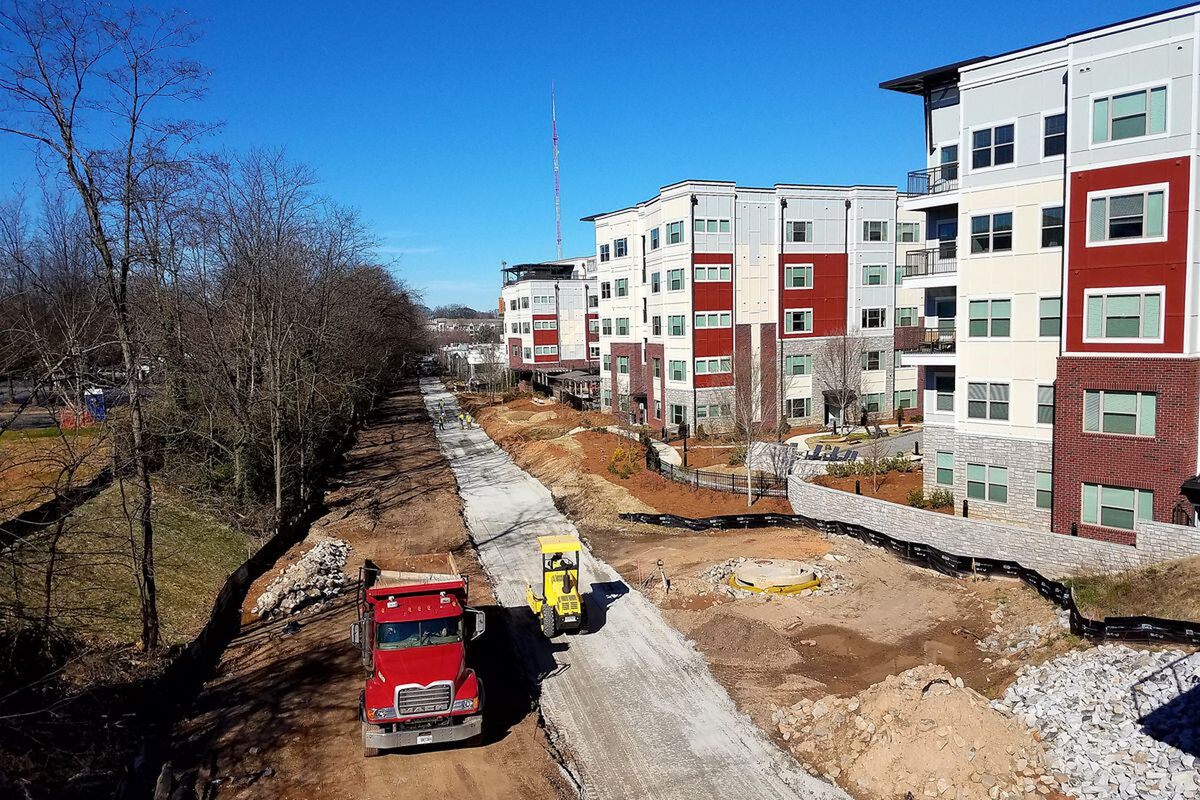


0 thoughts on “What Is C-4 Zoning”